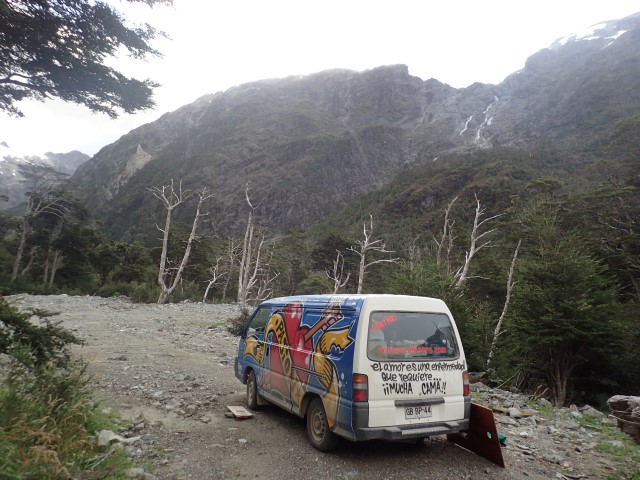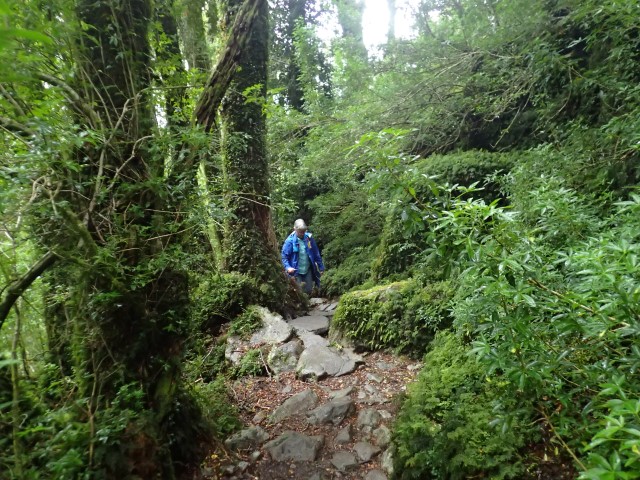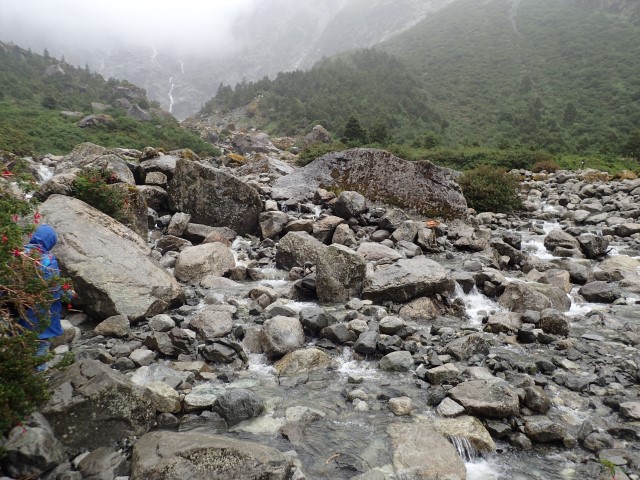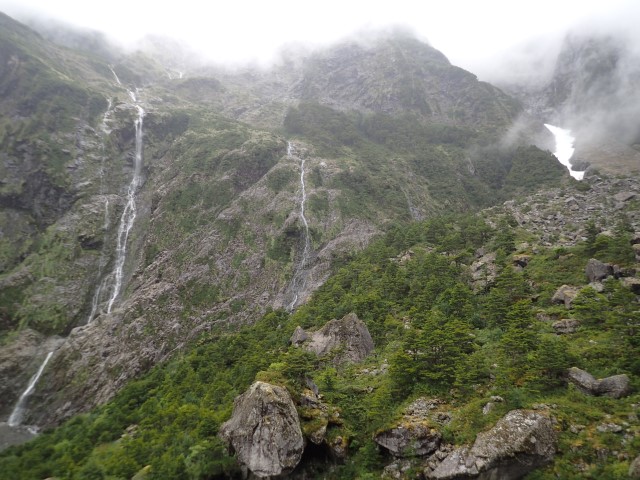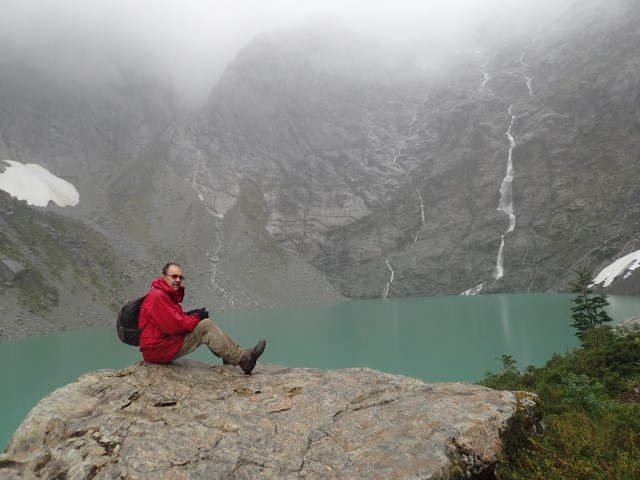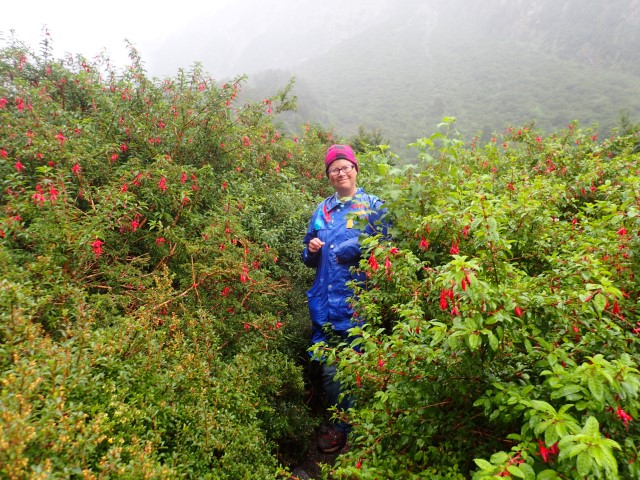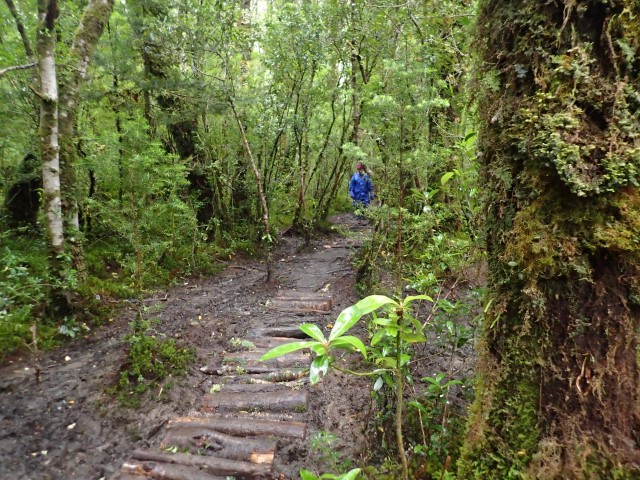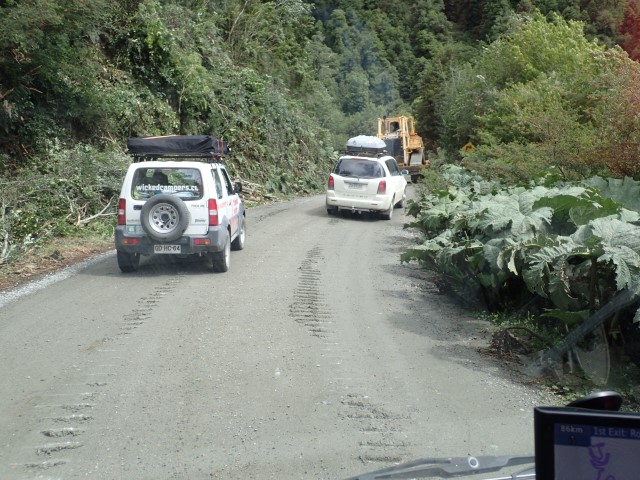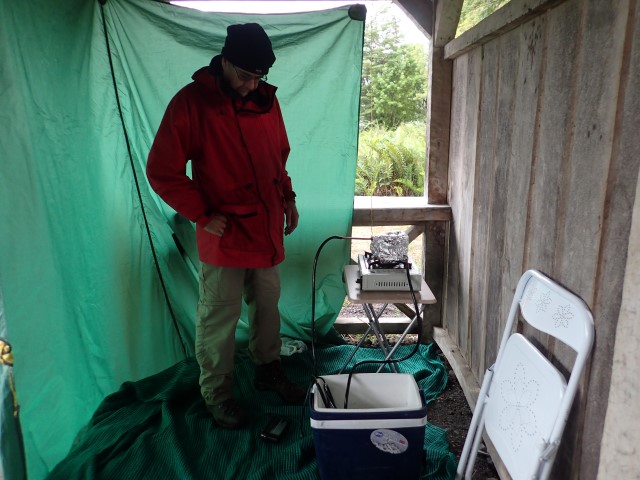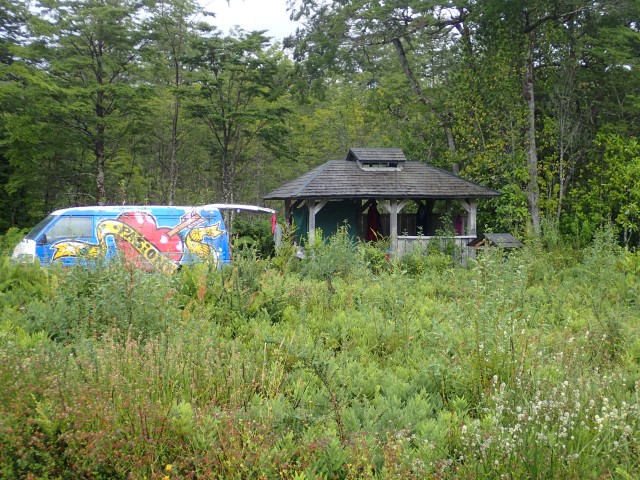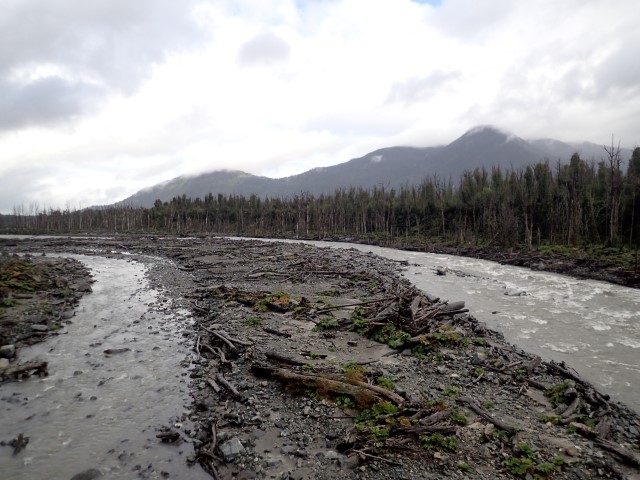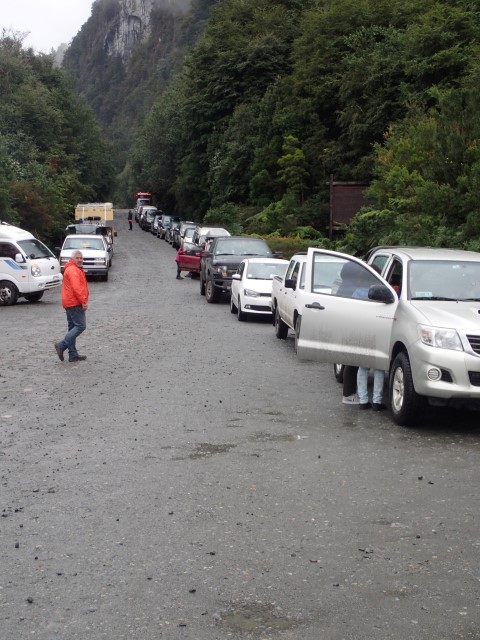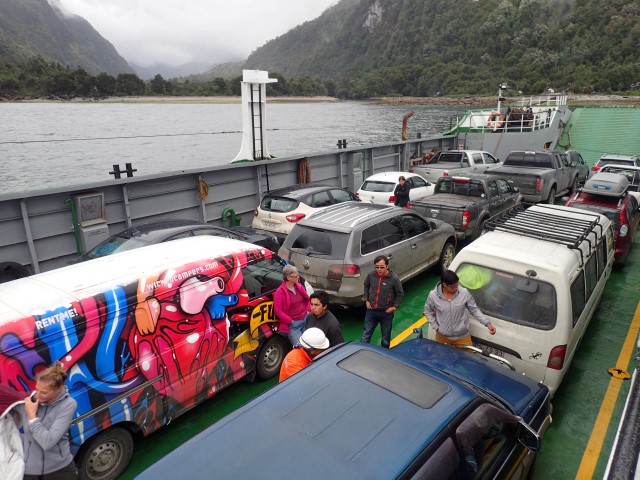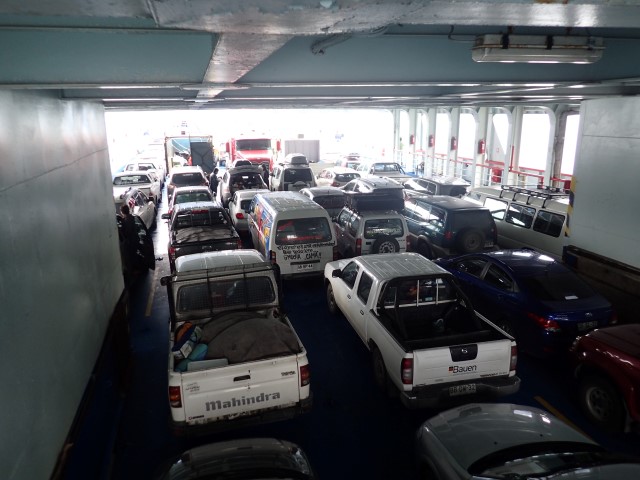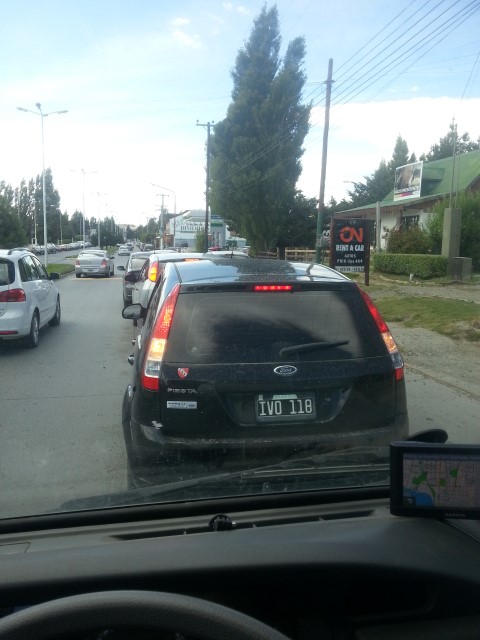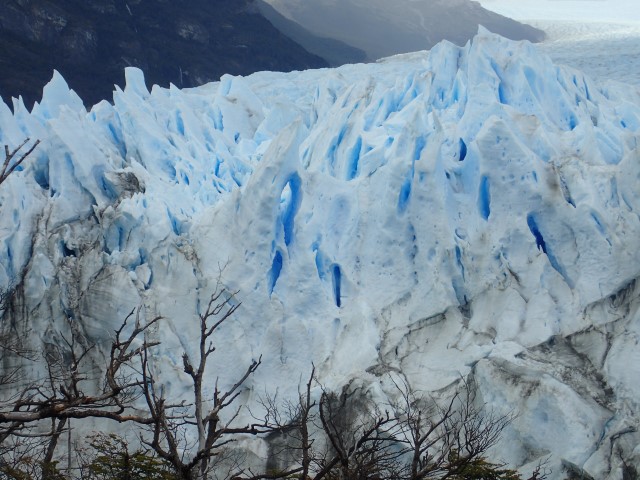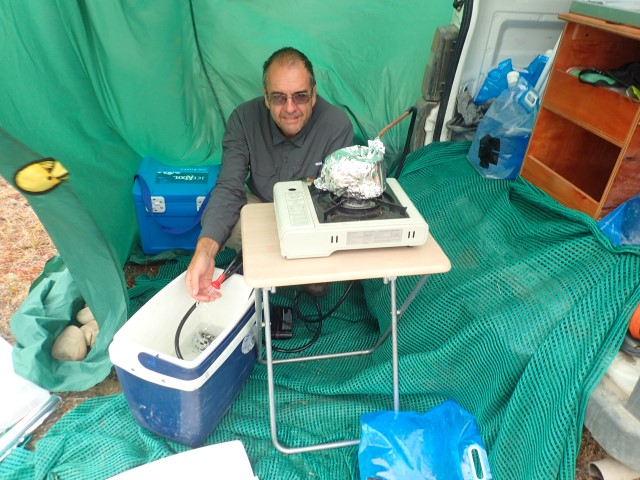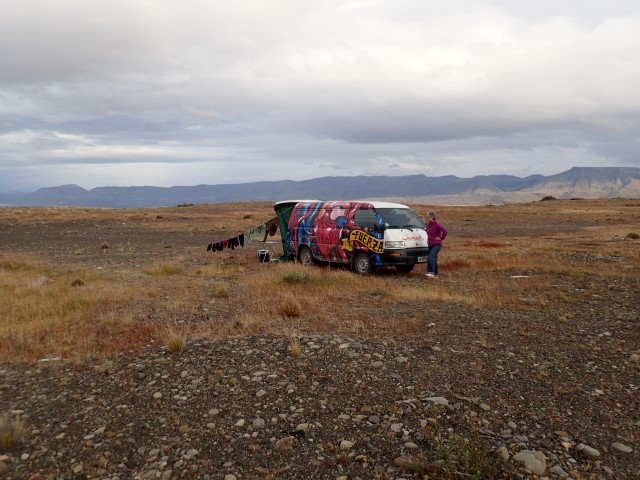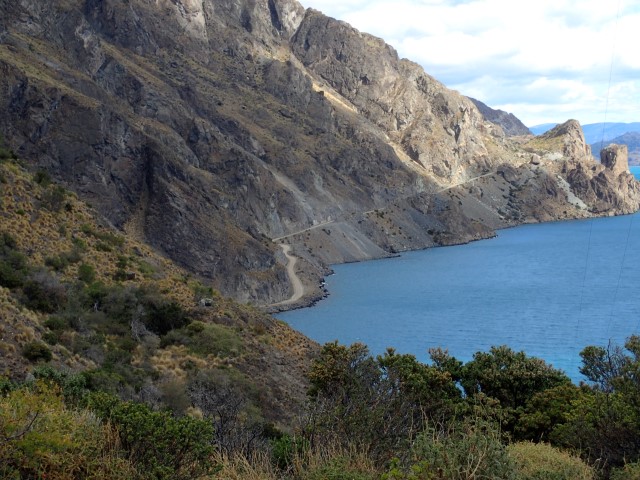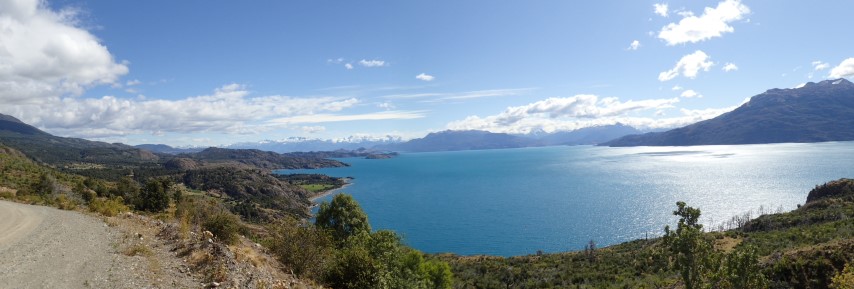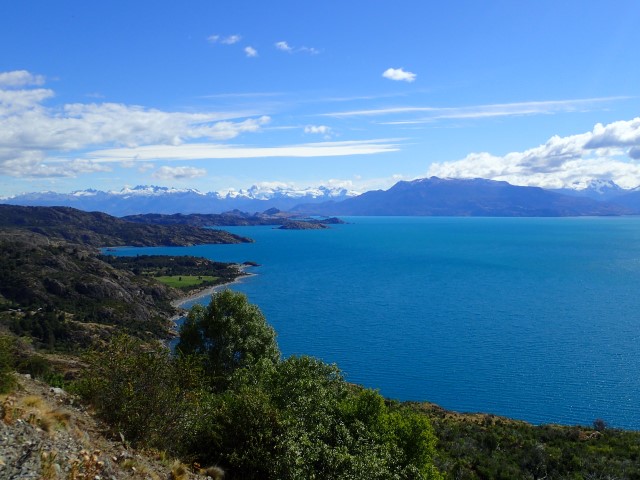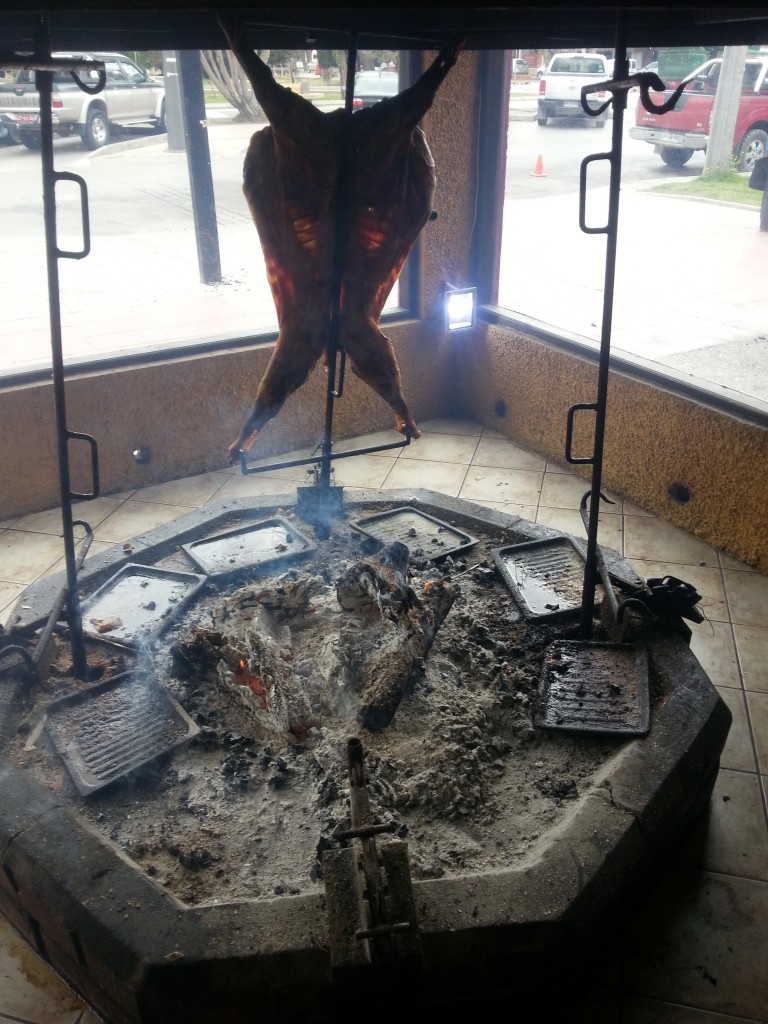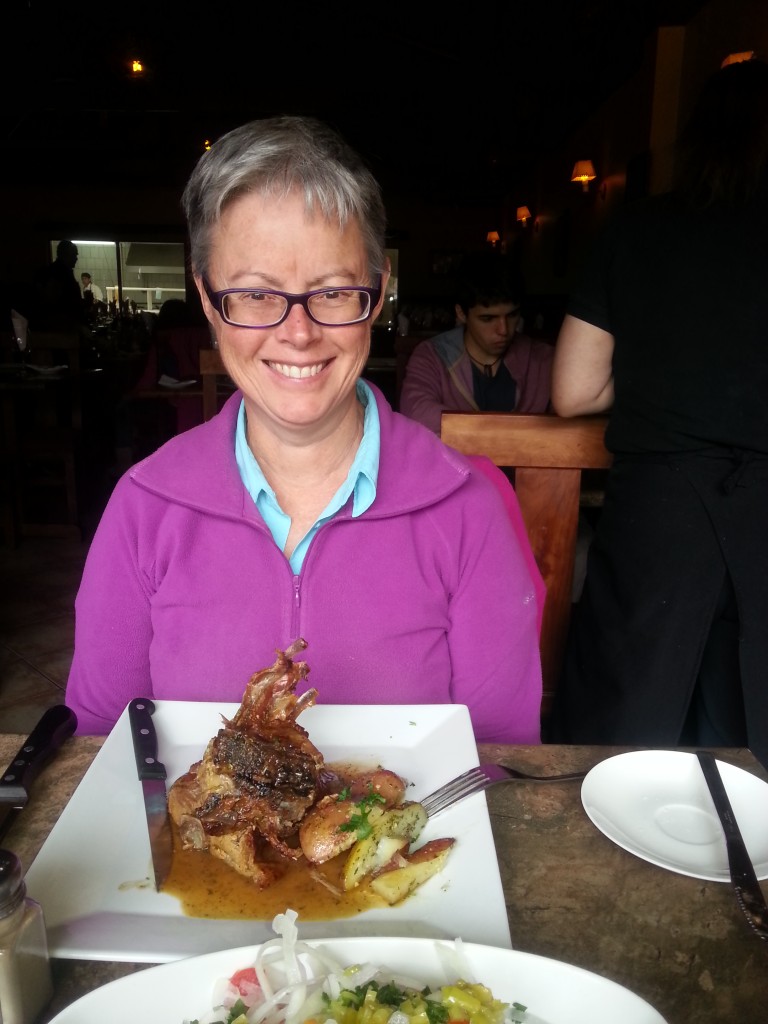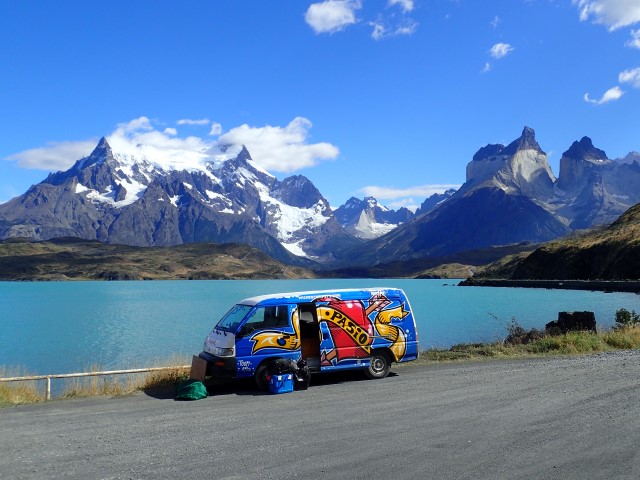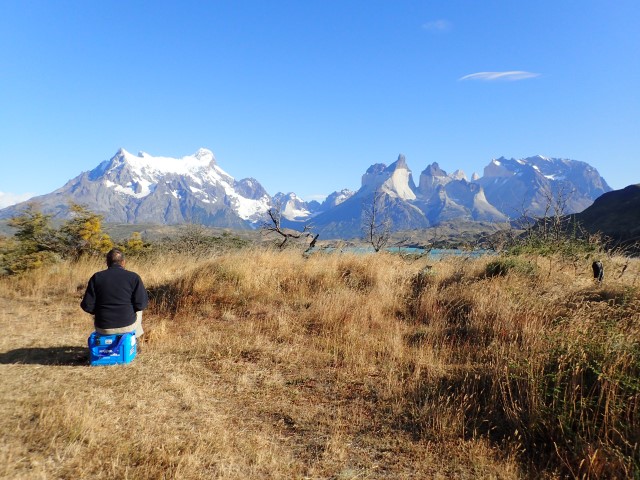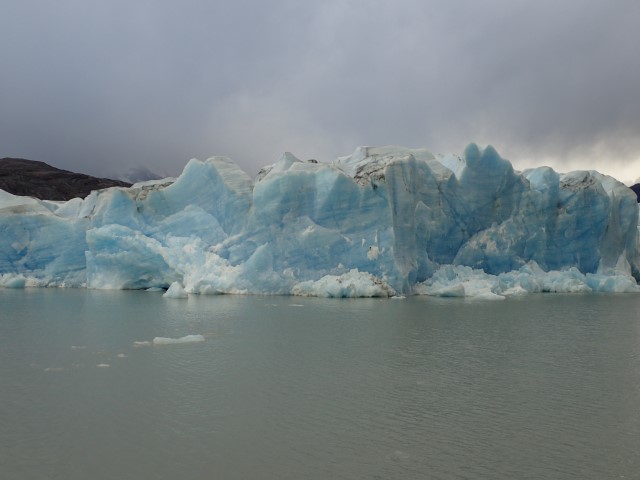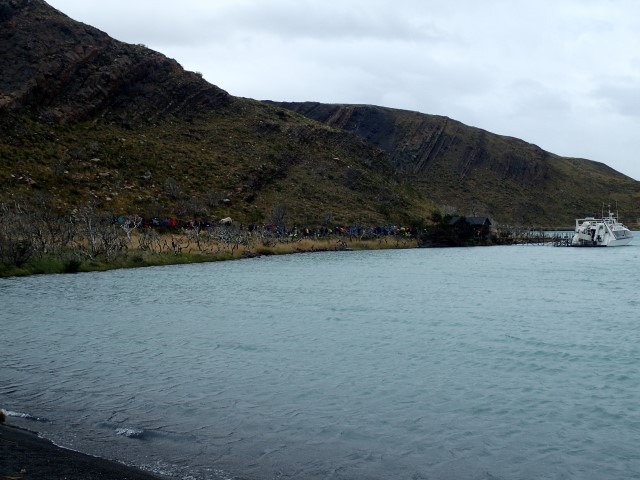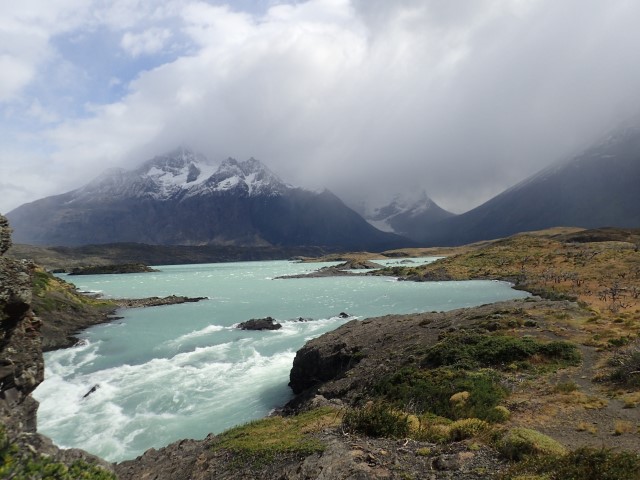We finished driving Carretera Australia the Southern Highway last night.
Finally.
It’s been a week of rain, roadworks, long delays, rain, pot-holes, ferrys, rain, a walk through an enchanted forest to a lake and the truly beautiful Parque Pumalin. Ruta 7 is 1240kms long, but we did the first/last few hundred kms twice, down to Villa O’Higgins and back. It’s taken us 9 days to do it, including a couple of really long driving days.
On Wednesday it took us nearly 10 hours to drive 250kms – a combination of long delays at roadworks, road in really terrible condition in places and rain. Yesterday we spent the day waiting for ferries and catching ferries, then driving the last stretch of Ruta 7 towards Puerto Montt, and finally (FINALLY!) stopped at a Copec Service Station on Highway 5 well after midnight. We ate burgers in their fast food restaurant, then parked the van in a corner near the truck parking and slept there for the rest of the night. Amazingly, we did both sleep, in spite of the lights, traffic noise from the highway and the comings and goings of the 24 hour fuel stop.
Highlights of the week were the Enchanted Forest walk we did in Queulat National Park on Wednesday, and our 2-day stay in Parque Pumalin Pumalin Park. The walk is 3kms and goes through the closest thing to Fairyland I’ve ever seen – dense rainforest full of tiny ferns, mosses, fuchsias, lichens – ending up at a glacial lake fed by several hanging glaciers and a few waterfalls. We had to cross a river and a couple of creeks by stepping on stones, and I was very impressed that we both got across and back without falling in! Parts of the trail were very muddy and a ‘path’ had been made out of sliced logs and bits of timber – it was like that game kids play, going from one place to the other without touching the ground. It rained lightly for most of the time and we were a bit wet by the time we finished the walk, 3 hours later, but we were back in the car when it really started raining, around the same time as the busload of tourists were starting off. Many of them were wearing $2 ponchos, and a few women had strappy sandals and leggings on. Negotiating their way across those river stones would be …. challenging.
Parque Pumalin is a large wilderness area that was set up by Douglas Tompkins, the US businessman who started North Face adventure gear in the 1960s, and who co-founded Esprit with his wife and one of her friends. Mr Tompkins sold his interest in the clothing company in the late 1980s and devoted his life and fortune to conserving large tracts of wilderness in Chile and Argentina, and lots more projects, which you can read about here. He died in a kayaking accident on Lago General Carrera south of Coyhaique a couple of months ago.
Ruta 7 goes through Parque Pumalin, and there are several campgrounds within the park. We decided to stay at Volcan Campground, which is close to Chalten Volcano. On rare clear days you can see the volcano from the campgound. It rained the whole time we were there, and most of the time the surrounding mountains were completely covered in mist, but I think I might have caught a glimpse of the volcano once. Maybe.
So we rolled into the campground at 10.30pm and couldn’t find any empty sites in the dark, so we sort of ‘stealth-camped’ in plain sight outside one of the toilet blocks. We found an unoccupied site the next morning and settled in. Each of the 10 or so sites has its own shelter, and there are also a couple of walk-in group sites for backpackers. The whole campground is beautifully set out, definitely the nicest place we have stayed at on this trip. Cold water showers, but we had Greg’s wonderful water heater, so we were able to have warm showers in a tarpaulin cubicle in one corner of our shelter. We did some washing, which is still drying, strung up in the van, days later!

